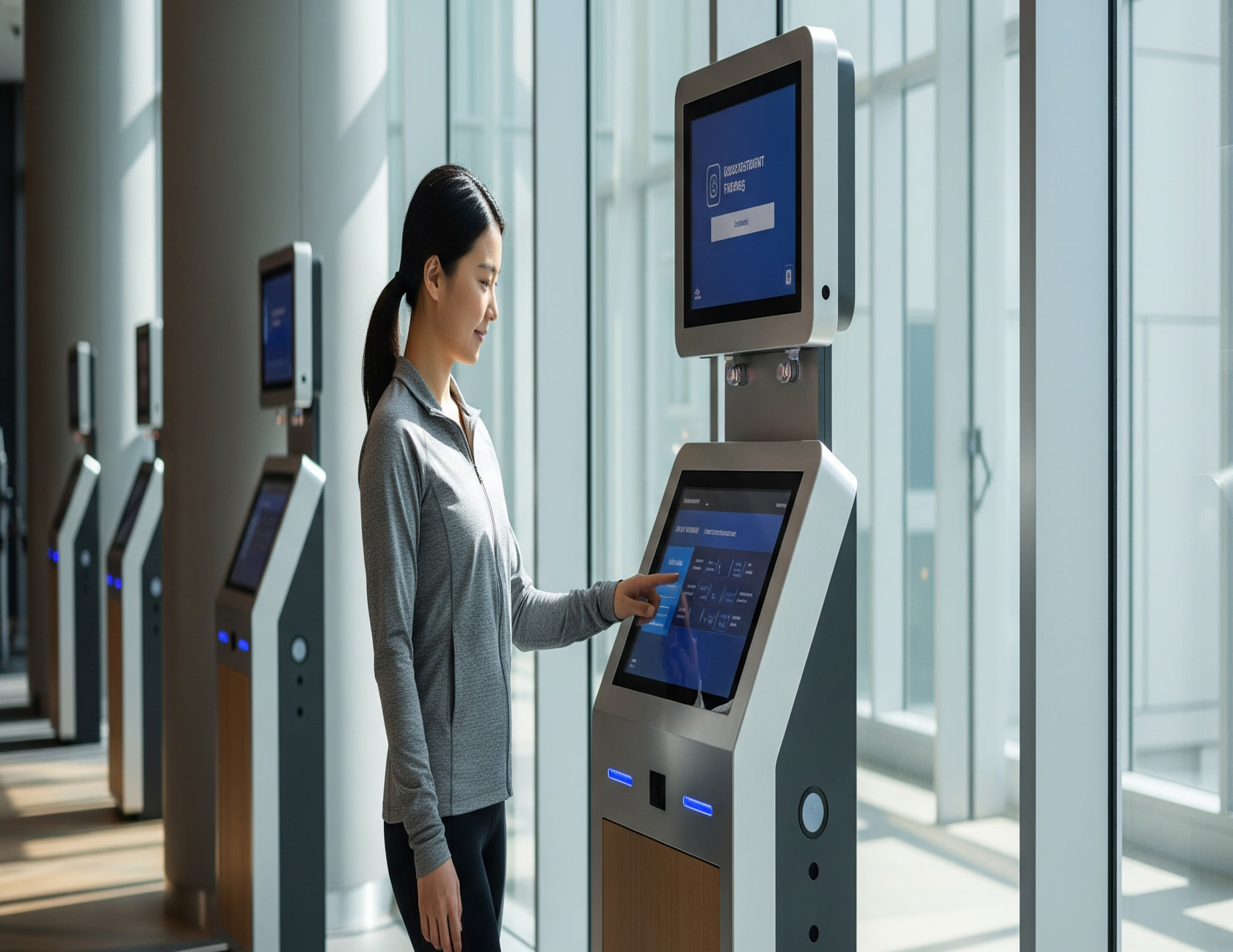%20(1).jpeg)
Name your most desired high-rise amenity. Are you torn between solar-powered EV charging stations or smart lock technology? Prefer a personal trainer that motivates you to be your best physically and mentally, or a personal sommelier that gives sound advice on wine investments? Would you rather play in a golf simulator or play instruments in a recording studio?

High-rise residents expect more from Class A buildings than ever before. But most aren’t settling for amenities now considered staples, like lightning fast Wi-Fi or instant gratification concierge services. Personalized communities and luxe materials become the deciding factors in highly competitive markets.
“The strategy must focus on providing a better product and experience to prospective and current residents than the competition does. Even in markets where supply hasn’t exceeded demand, implementing methods that pull in renters is important, because multifamily companies that get ahead of market shifts can safeguard against future disruptions,” MultifamilyExecutive.com says.
Don’t worry, there’s still room for improvement, even if adding a movie theater isn’t an option in your building. Read on to discover how new developments set themselves apart in the current luxury high-rise boom.
Citizen-Centric Amenities
Three decades ago, ritzy square footage hooked those looking to live in city centers. Soaring towers, mirrored glass, and marble that rivaled the Parthenon allowed for a sophisticated lifestyle in the heart of any downtown. High-rises focused on apartment upgrades more than building enhancements, where a door attendant and bell service were considered “luxury amenities.”
Then came the infamous “Amenity Wars”, where multifamily communities one-upped each other with bigger, better, and more amenities than competitors. Super-sized pools, tennis courts, spas, bark parks, pet washing stations, and rooftop lounges are now typical of Class A buildings.

The amenity ramp-up of the 2000s never settled down, and today, you can find buildings with an indoor half-pipe skate ramp, modernized treehouse, and wine tasting rooms with temperature-controlled lockers. Plenty of developers refuse to be less than the best - even if only until the next development comes along.
What Do Residents Really Want?
Apartment dwellers in general are craving better tech and more services. But white glove experiences are the au courant. Residents want experiential amenities that build connections with their neighbors in communal spaces. “And developers are increasingly incorporating (amenities) into new-construction buildings to help facilitate a neighborly atmosphere and a sense of community,” reports Streeteasy.com.
To give perspective on how popular the experiential lifestyle is in today’s culture, consider Airbnb Experiences’ incredible growth of on-line and in-person activities. Consider that feeling of doing something out of the ordinary, living a perfect photo opportunity, or meeting life-long friends. That’s what residents want - the chance to experience life in the comfort of their buildings, especially when all they have to do is show up.

Just Google It
For inspiration, refer to one of the most deliberate and brilliant communities of our time - Silicon Valley’s Googleplex. This archetype inspires creativity and teamwork beyond cubicles. Employees discover new hobbies and collaborate with colleagues in flex spaces throughout the complex. With all of the amenities that Googleplex offers its employees and guests, the most comfortable is the ambiance that the ecosystem creates.
Yet, commercial campuses are no longer the centralized work hubs they once were. Experiential amenities remain especially important for those who now work from home, and still crave the human interaction going into an office once provided.
The Work From Home movement has provided multifamily buildings an extraordinary chance to build community using small group events and niche classes, either virtually or in person.
Multifamily management can create an engaging atmosphere where they see a lack of resident connection, just like Google did with the typical office. “Whether it’s volunteering, a book club, or a specific type of exercise, catering to resident needs on a customized, personal level will make them feel at home,” states MultifamilyExecutive.com.

Branding an Experiential Lifestyle
Monthly themed events are just the start to a well-organized annual events calendar that residents connect with, and more importantly, attend. Management teams that have successfully balanced the right amount of events with social distancing requirements rely on experienced event managers that understand the residents, the budget, and the community’s space.
Experiential high-rise living typically offers events centered around pre-designed spaces in the community, such as a cooking class in a chef’s kitchen, comedy night in an outdoor piazza, or a billiards tournament in the game lounge.
The best multifamily event managers understand the connections people make in a specific location affect their feelings toward that place.
That’s why Elevated Living event managers have their finger on the pulse of each community. They chaperon communal living so it feels personalized, and take the stress off of management teams.
“...These amenities are creating logistical demands for property staff, who are often looking for service and technology companies that can provide these amenities directly,” Globest.com wrote. As such, management teams who partner with Elevated Living have fewer worries when connecting residents to exceptional services.

People connect to a branded lifestyle when activities bring them together and create feelings of camaraderie. It comes back to the basics of making an apartment a home or finding your tribe in a new city. With white glove amenities and experiential event management, property teams feel supported and residents feel at home.

.avif)


